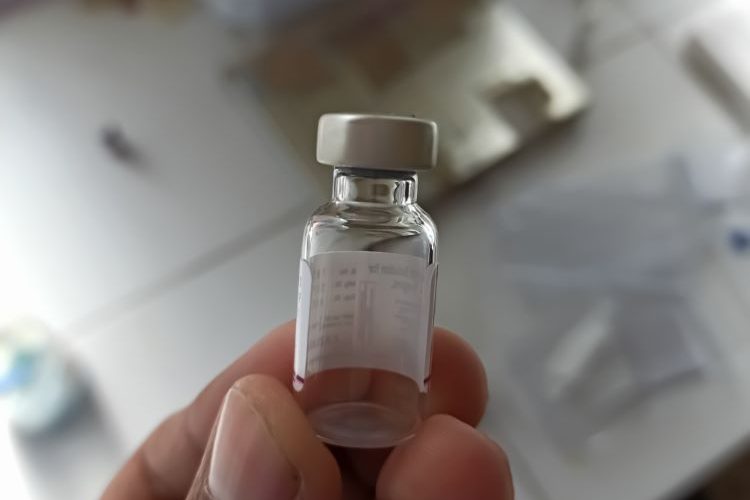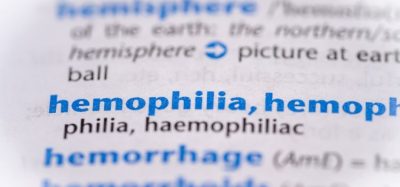Improving packaging integrity of pharmaceutical borosilicate glass vials
Posted: 8 October 2024 | Catherine Eckford (European Pharmaceutical Review) | No comments yet
The study offers promising data on strengthening borosilicate medical glass vials using ion-exchange, especially as there is limited research in this area.


A study has indicated that single-step ion exchange treatment could enhance the properties of borosilicate glass vials using simple and easily scalable techniques.
While borosilicate glass is the most common type of pharmaceutical container, it can be prone to certain issues that can endanger the safety and efficacy of the drugs inside the container, according to Abd-Elsatar et al.
There is a “critical need” for appropriate glass containers to be developed as packaging for fragile biotechnological products. Specifically, for those designed for parenteral administration, the authors highlighted.
As such, the researchers sought address these problems “without compromising the visual or qualitative aspects of borosilicate medical glass vials [to enhance their] mechanical, chemical, and corrosion resistance”.
Addressing common challenges of pharmaceutical glass vials
In the study, the medical glass vials were ion exchanged at 500°C for 12 and 24 hours.
This process facilitated “significant improvement of mechanical properties and chemical durability”, the authors explained. For example, it “significantly improved” the mechanical crushing of the treated vials. This was compared to untreated borosilicate medical glass vials.
Additionally, after indentation, no radial cracks on the surface of treated glass vials were reported. This indicated “the presence of compressive stresses that prevented the initiation and propagation of cracks”, the researchers shared.
The study findings could address some of the common problems in [the] pharmaceutical industry related to the chemical stability, breakage, and fragility of pharmaceutical glass vials, that affect drug quality, safety, and efficacy”
Notably, the process boosted the mechanical and chemical capabilities of the glass vials, “without affecting the colourless appearance and the overall quality of the product”, the authors added.
They also stated that the treatment “slowed down the glass dissolution, resulting in a gradual release of potassium and sodium”.
Overall, Abd-Elsatar et al. predicted that the study findings “could address some of the common problems in [the] pharmaceutical industry related to the chemical stability, breakage, and fragility of pharmaceutical glass vials, that affect drug quality, safety, and efficacy”.
This paper is for publication in the journal Open Ceramics.
Related topics
Big Pharma, Biopharmaceuticals, Drug Safety, Industry Insight, Packaging, Research & Development (R&D), Therapeutics









